Alexandria: The Mediterranean Pearl
The beautiful Alexandria city is the largest seaport and the second-largest city in Egypt after Cairo city. It is also called the “Bride of the Mediterranean” by locals. It is in fact the window of the country onto the Mediterranean Sea. And it has so much soul on its land which enables it to keep its marvelous charm over the years. The city extends about 40 km (25 mi) at the northern coast of Egypt along the Mediterranean Sea. It was founded by Alexander the Great. The beautiful Queen Cleopatra lorded over it; that is also how Alexandria has become a dazzling jewel of the Mediterranean with its attractive sightseeing that attracts hundreds if not thousands of tourists yearly to enjoy its remarkable beauty and to check its hypnotic attractions.
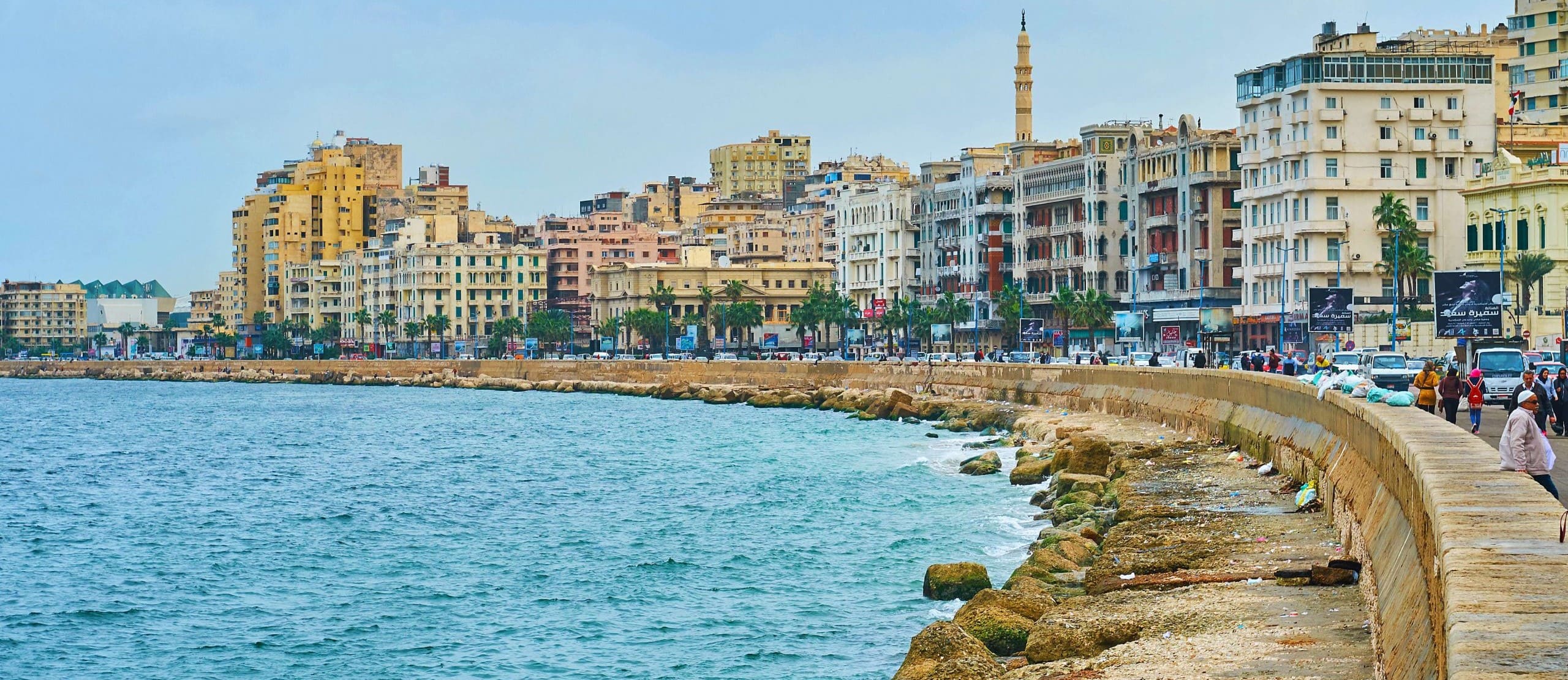
Alexandria is one of the rare cities all over Egypt. It combines the beauty of a coastal city in addition to the considerable monuments it has over its land. With its unique location overlooking the Mediterranean, its temperate weather, and attractive beaches, it has become a major tourist destination; and also a year-round seaside resort, with its historical attractions for whoever wishes to visit ancient monuments.
Holidaying visitors flock to Alexandria for its good diving sites as well as its beaches which are among the best in Egypt if not the Mediterranean. It includes famous beaches such as Al-Ma’moura, Mandara, Sidi Bishr, Montazah, Sidi Gaber, Stanley, and Gleem. All are dotted along the corniche, the seafront boulevard.
History of Alexandria
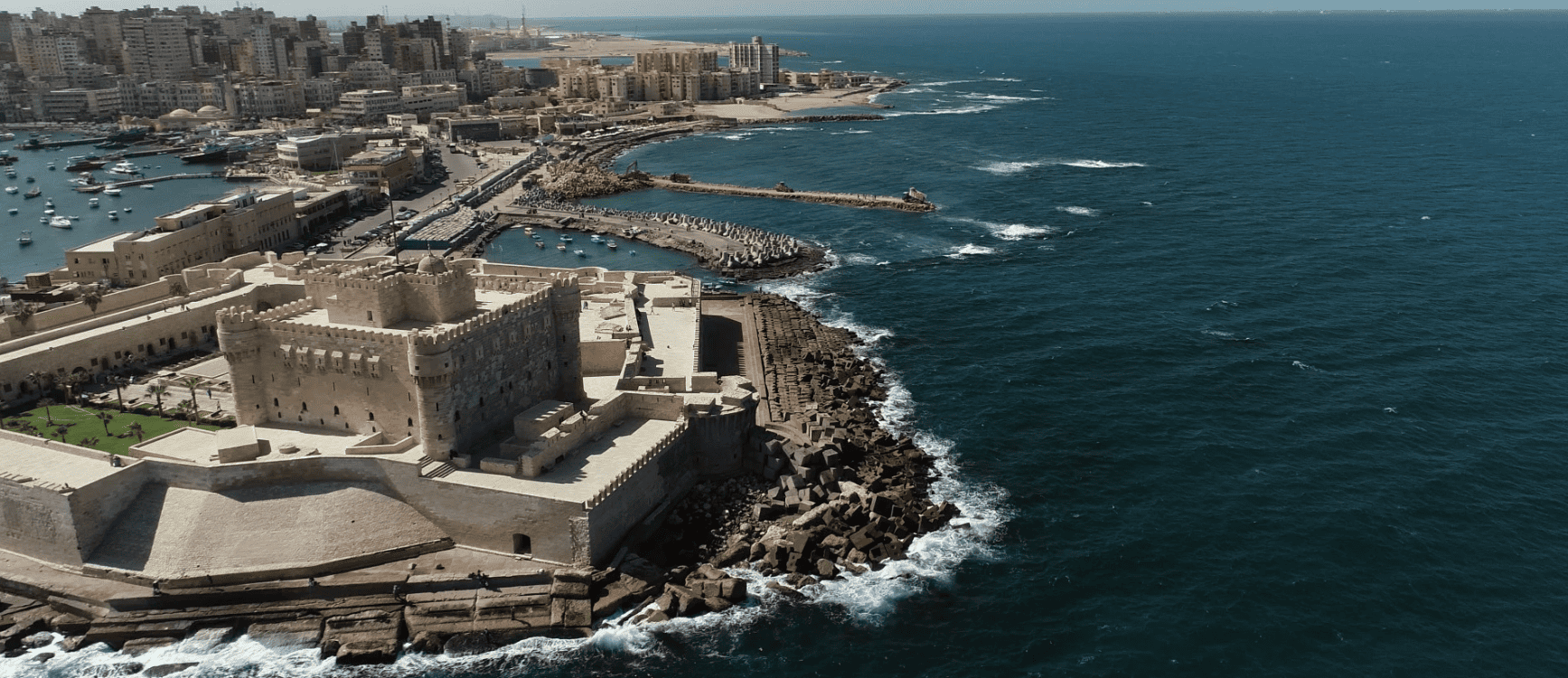
Alexander the Great was the one who founded Alexandria in 331 B.C. After conquering Syria in 332 BCE, Alexander the Great swept down into Egypt with his army. He founded Alexandria in the small port town of Rhakotis by the sea. And he set also about the task of turning it into the finest capital cities in the world; and one for which his reign would go down in history. But he died in Babylon in 323 B.C. without ever seeing the city that bears his name; in fact, it was not until the reigns of Ptolemy I, and his successor Ptolemy II that the building of the city completed and it became the main capital of the region.
The city grew to become the largest in the known world at the time; attracting scholars, scientists, philosophers, mathematicians, artists, and historians such as Eratosthenes, Euclid, and Archimedes.
Alexandria got the biggest role in ancient history as it was associated with famous rulers like Alexander the Great and Cleopatra; the last active Pharaoh of Ancient Egypt. The city was also responsible for transmitting Hellenic culture to the rest of the Mediterranean; after it was built by Alexander the Great to be the center of the Hellenistic civilization. It served as the capital of Egypt during the Ptolemaic, Roman, and Byzantine for about a thousand years; until the Muslim conquest in 641 AD when the official capital became the city of Fustat.
Alexandria’s Famous Sites and Landmarks
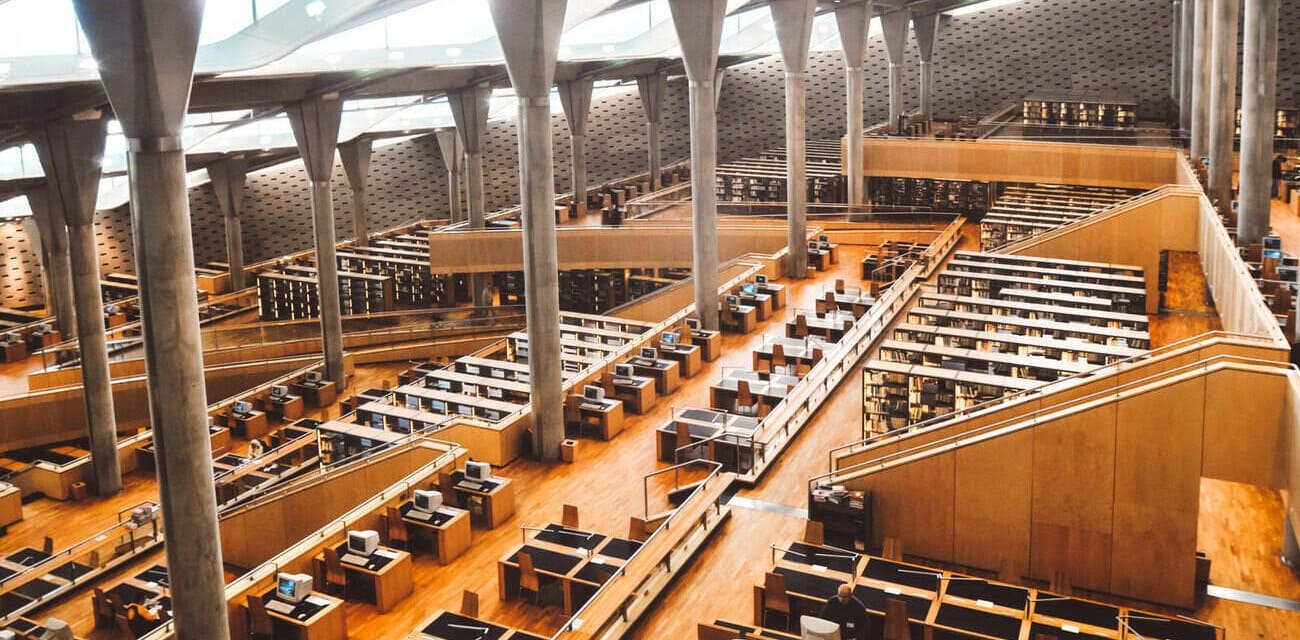
The Library of Alexandrina: It is one of the most important cultural monuments in the city and the world. It is located in the Shatby area on the Mediterranean coast. This library is the most impressive all over the world; as it contains a copy of each written book all over the world. It also includes a huge reading room, a host of gorgeously well-designed museums, and more than eight million books.
The Citadel of Qaitbey: It is a magical defensive fortress. And located on the coast of the Mediterranean Sea in Alexandria. It was once the site of the Pharos Lighthouse, which is one of the Seven Wonders of the World. This fortress was built by Sultan Al-Ashraf Sayf al-Din Qa’it Bay in 1477 A.D. He established it to defend the city of Alexandria from the advances of the Ottoman Empire; but his efforts went in vain, as they put control over Egypt in 1512 A.D.
Pompey’s Pillar: It is one of the highest monuments in the world; as well as the only Roman artifact located outside its original country. It was built from red granite in the third century AD to commemorate the Roman Emperor Diocletian. And it has also nothing to do with the Roman Consul Gaius Pompey, who was killed by Cleopatra’s brother. It is located on the hill of Sedra and is about 27 meters long and 26.85 meters high.
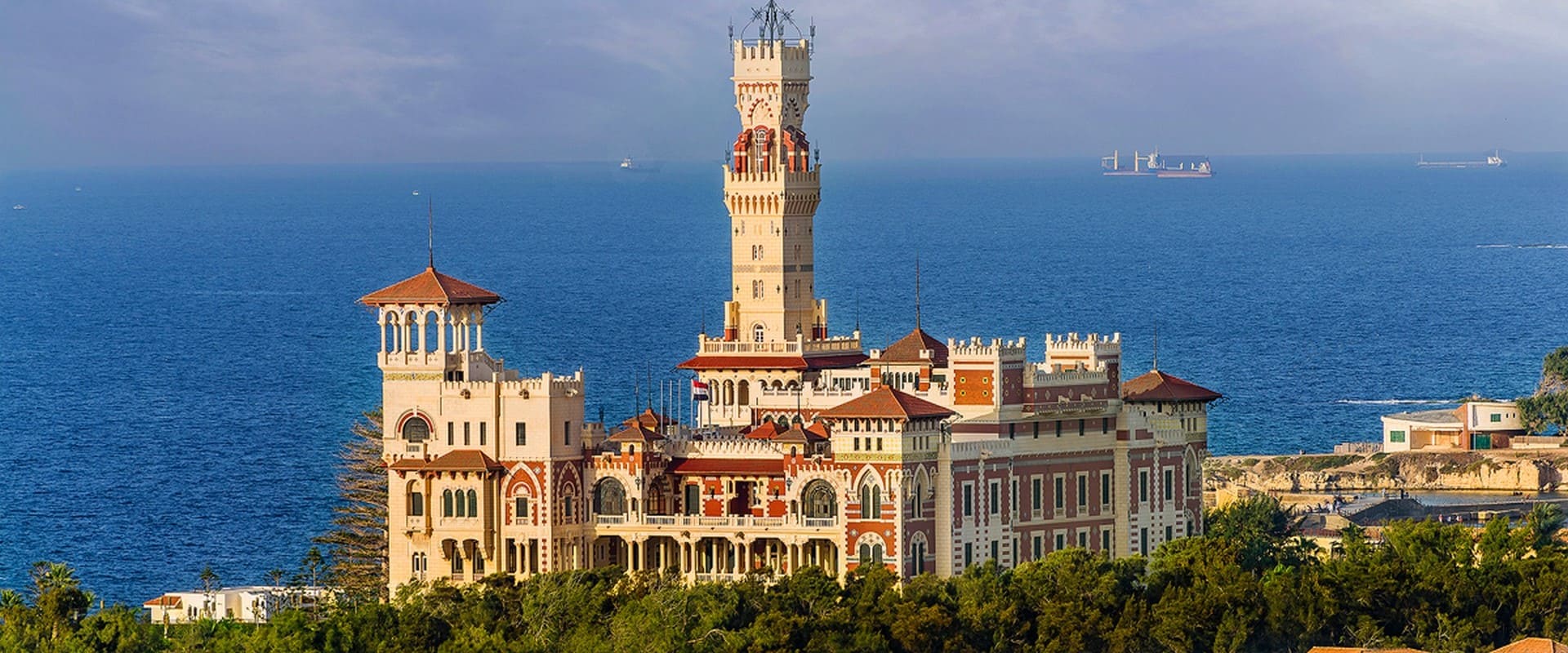
Montazah Gardens: It is like heaven on earth with palm trees and blossoming flowers. At the end of this magical garden, there is a small beach so that you can enjoy it the most.
The Catacombs of Kom El Shoqafa: They are an important historical archeological site in Alexandria; that is also considered to be one of the Seven Wonders of the Middle Ages. The Catacombs were built on the western edge of the town. They date back to the second century A.D. They are also gorgeous examples of the Greco-Roman styles. Inside, you can see the main burial chamber and the Sepulchral chapel.
Abu Al-Abbas al-Mursi Mosque: It is considered the most important historic mosque in Alexandria. It is dedicated to the 13th-century saint Abu Al-Abbas Al-Mursi. This mosque is located in the Anfoushi and was also highly influenced by Egypt’s buildings and architecture.
Alexandria National Museum: It is the best place if you want to know about the Pharaonic era to Hellenistic heyday. It includes also some of the most exciting artifacts that date back to the Pharaonic, Hellenistic heyday, Byzantine, and Islamic Periods.
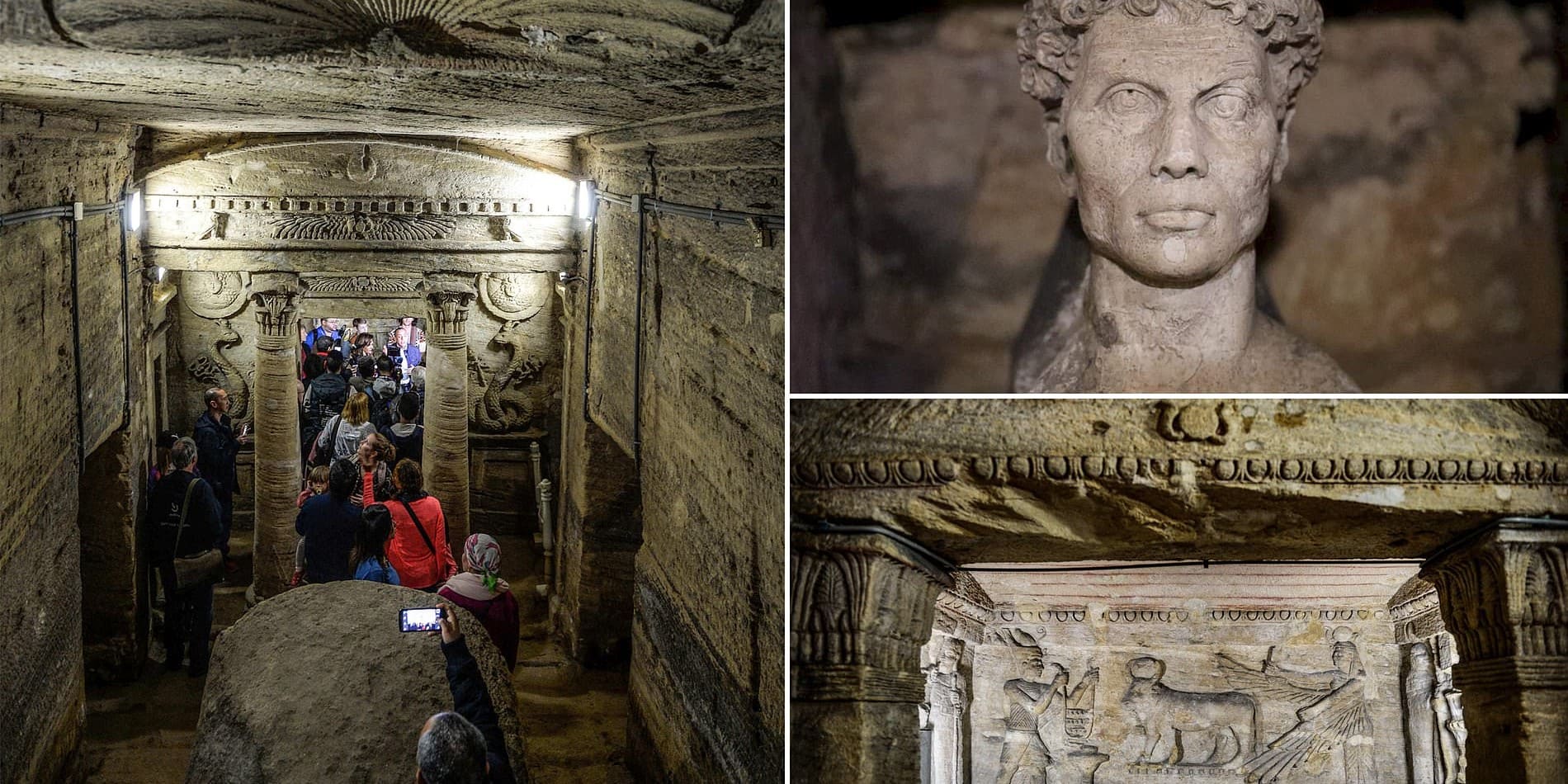
Corniche: It is just like any other monument in Alexandria that stands for all that’s elegant and decadent. That also marked the city in the late 19th and the early 20th.
Kom El-Dikka: It reveals ancient ruins such as a great Roman theatre and the Ptolemaic Temple.
Ras El-Tin Palace: It was one summer escape for the Egyptian sultans when the heat of the desert was unbearable. Today the Egyptian navy uses the palace.
The Roman Theater: It is located at Kom El-Deika and dates back to the second century A.D.
Also: If you want to add more value to your vacation in Egypt; be sure to check out our fantastic variety of tour packages and Nile River cruises